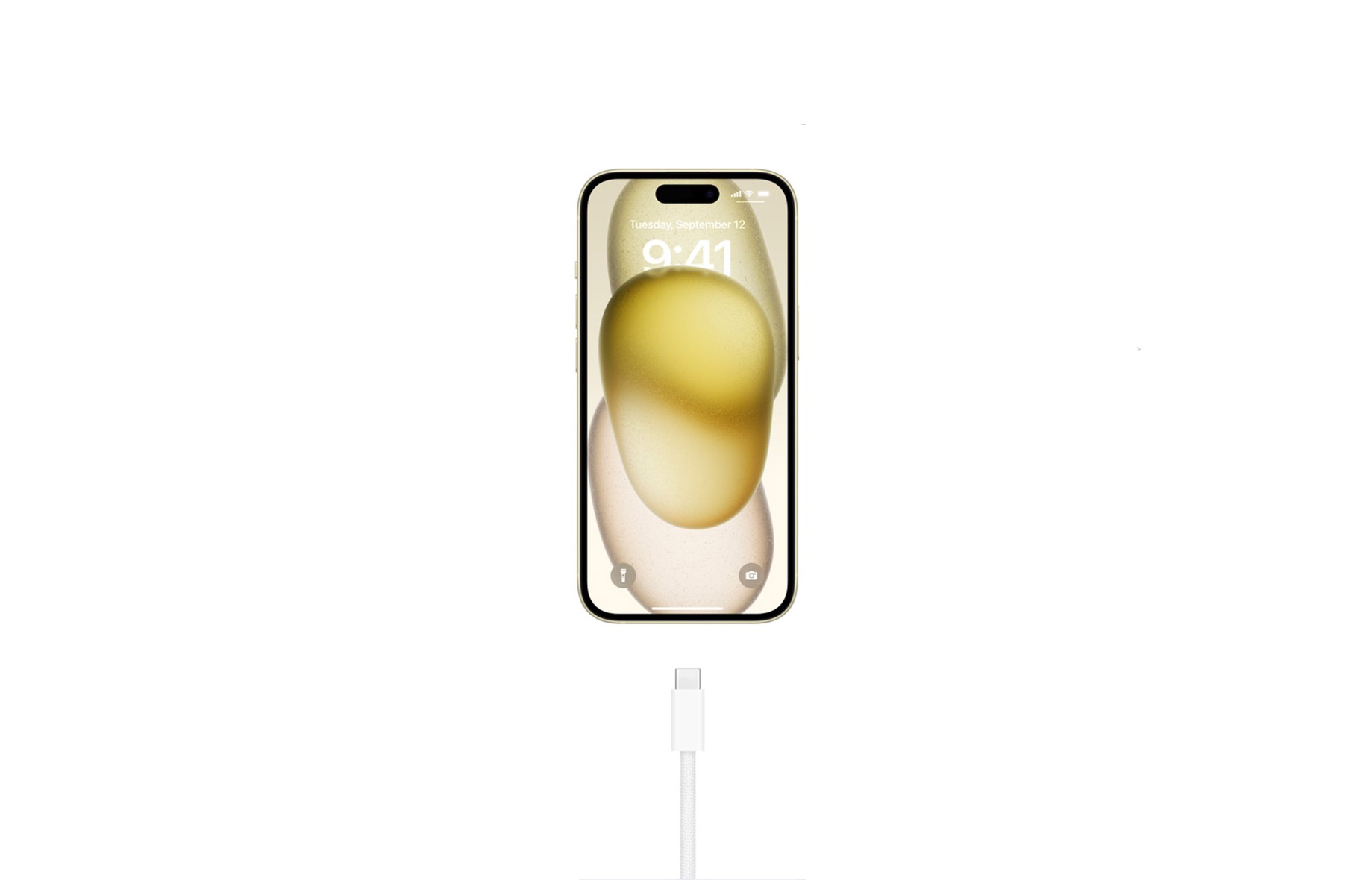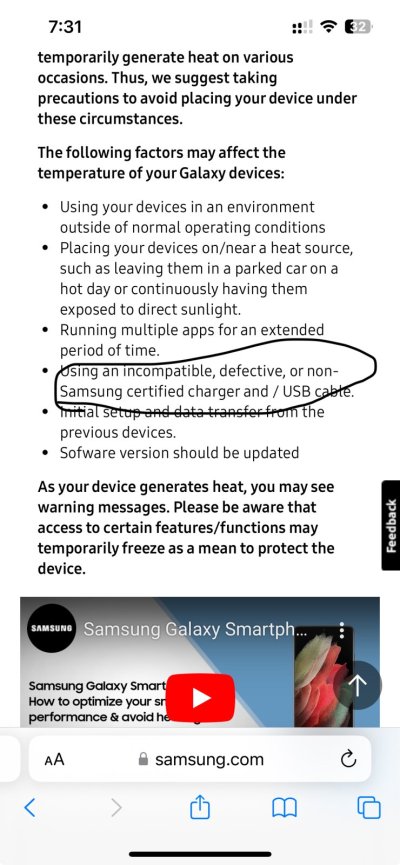Again, this pin arrangement differs from brand to brand which is why I never use other brands cables for charging.
The physical location of the pins should never change, I'd assume that would make it non compliant with the USB -Cstandard. At minimum, Vbus, Gnd, D+, D- and CC pins are required to be wired correctly in the type c connector, as well as the proper termination resistors. Bad things will happen if someone uses an out of spec cable (including burning down your devices in the early days of USB C).
What OnePlus (BBK family with their VOOC) do, is final power conversion on the power brick itself, and using existing pins. There is no hardware pin difference, just a protocol that checks for valid power train before enabling vooc, and there is no risk of either of the charger or device being damaged when the other is not vooc compatible (including the cable).
PD works similarly, there's a handshake that decides the final voltage and current supplied on the VBUS. PPS works similarly.
Apple is long known for not complying with standard specs, one of them that recently bit me in the ass is displayport MST. Mst is a non optional dp spec, but the macos driver does not implement mst, but same laptop running windows in bootcamp does.
There's already a well known disparity on how Apple's Type C to 3.5mm adapter works on iPhones and Androids
That's an apple dac + android driver issue, again not a problem with USB spec. The apple dac sets a <100% volume on startup, and the default android driver can not access hardware volume control, max volume is capped. I use the UAPP driver to change the apple dac hardware volume to 100%, close UAPP and use the dongle at max volume.




